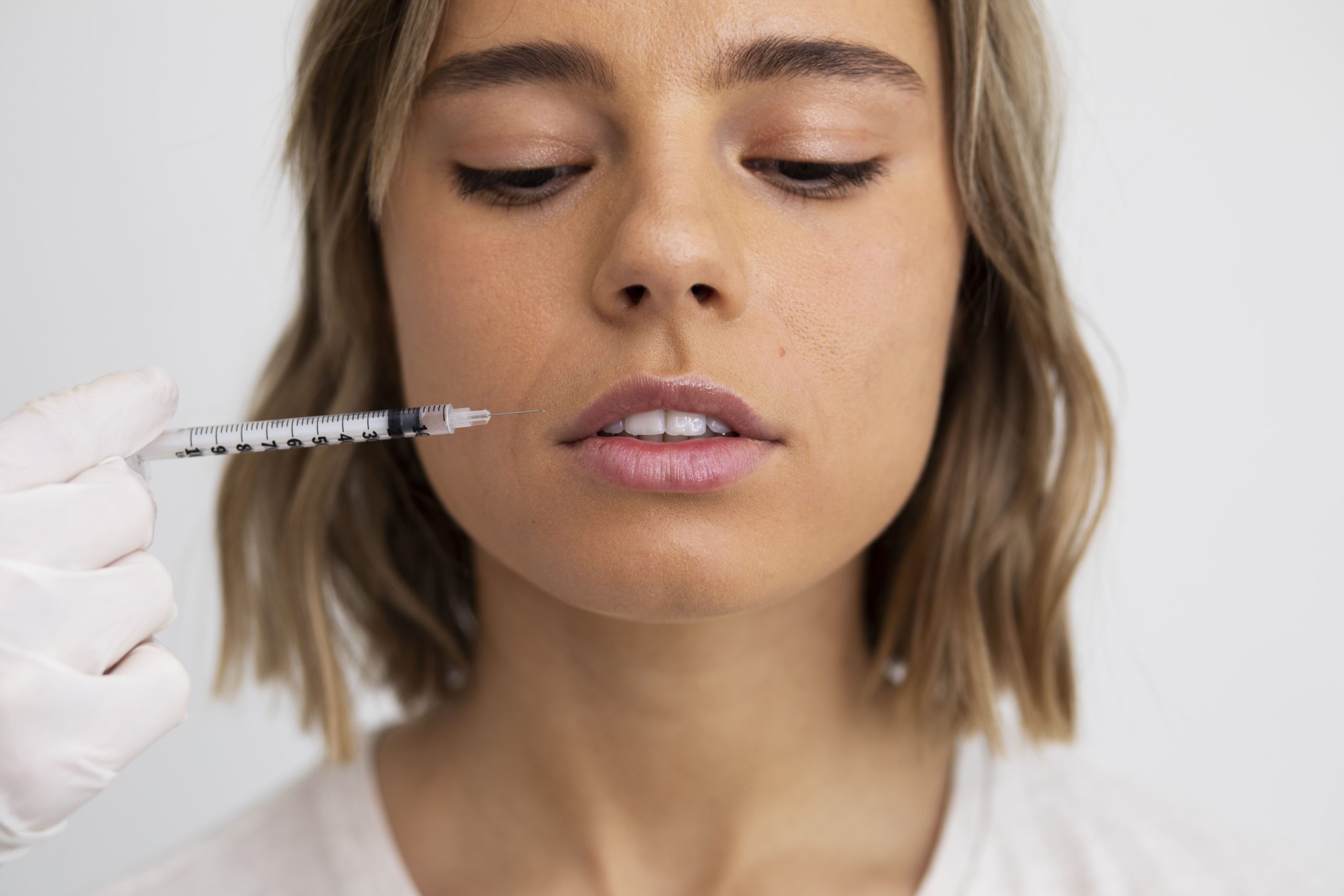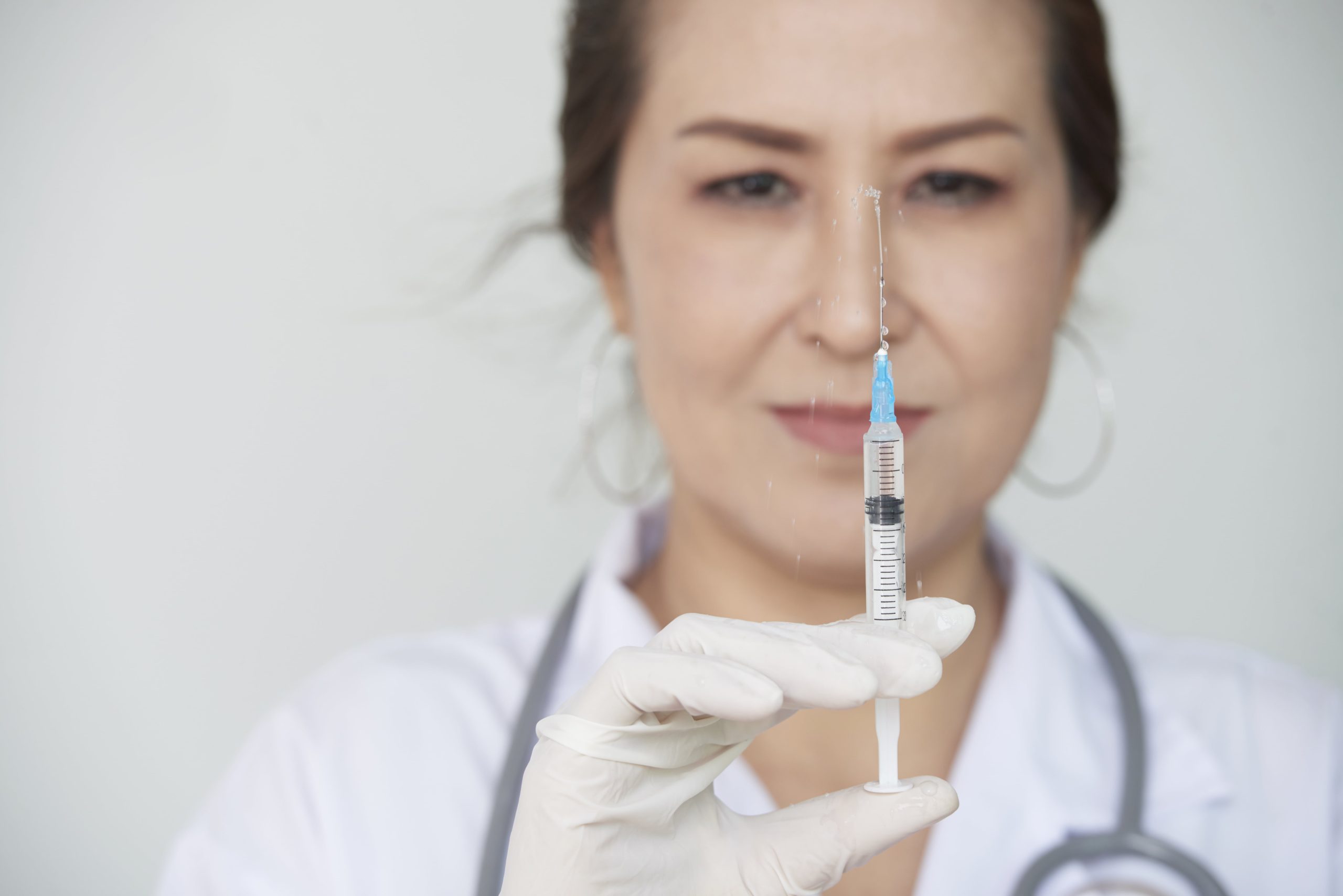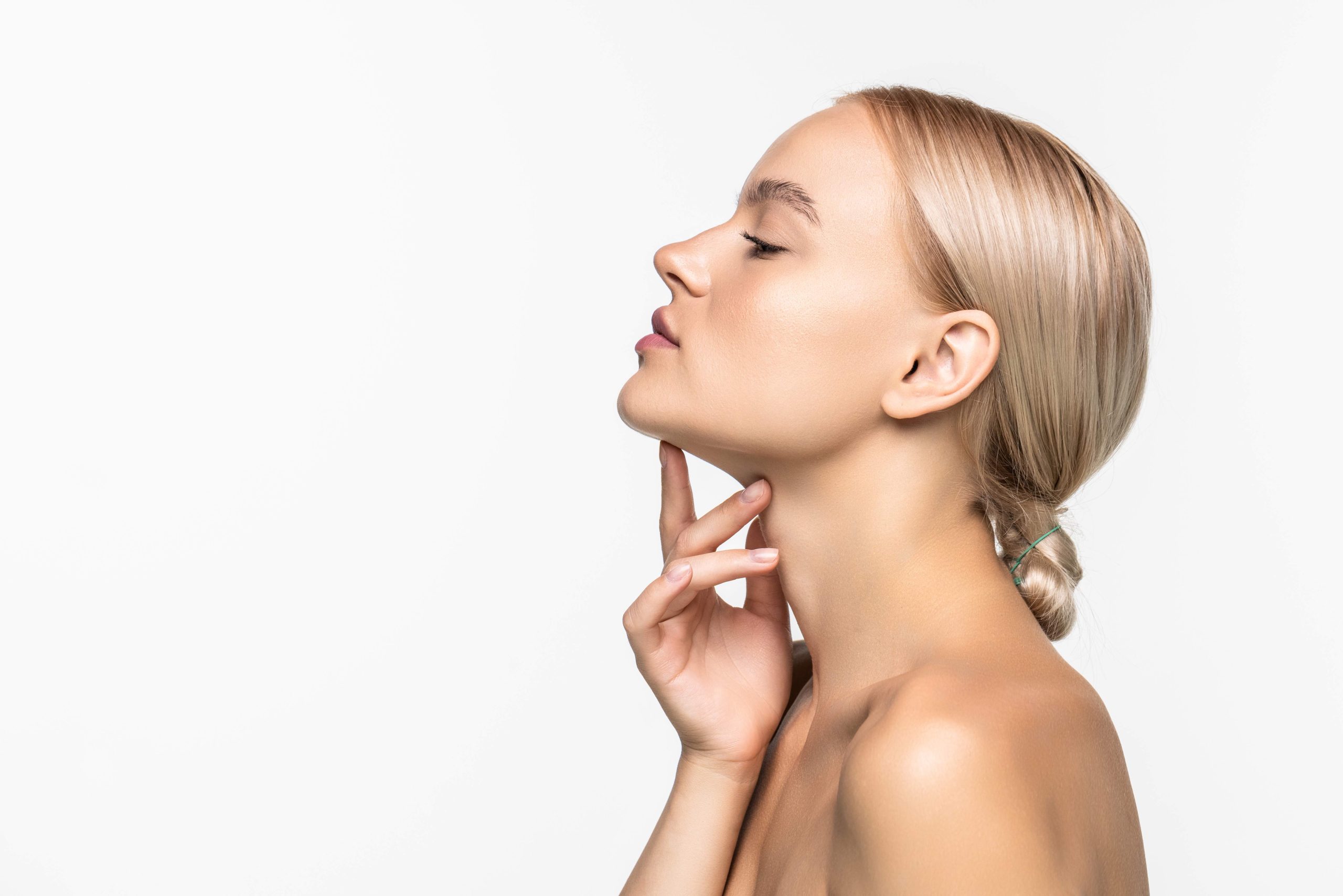Chin Filler Aftercare: Tips for Optimal Results and Fast Recovery

Key Takeaways
- Avoid touching or pressing the chin area immediately after treatment.
- Refrain from heavy exercise, alcohol, and heat exposure for 48 hours.
- Manage swelling with cold compresses and arnica if recommended.
- Expect final chin filler results after 1-2 weeks.
- Contact a medical professional for any signs of infection, severe swelling, or discolouration.
- Maintain results with good skincare and regular touch-ups every 12-18 months.
Chin fillers have become a popular non-surgical solution for enhancing facial symmetry, improving the profile, and achieving a more defined jawline. Whether patients seek subtle refinements or more noticeable contouring, injectable fillers for the chin can deliver impressive results. However, optimal outcomes heavily depend on following proper aftercare protocols.
Immediate Post-Treatment Tips for Chin Fillers
In the first few hours after receiving a chin dermal filler, it is crucial to minimise disturbances to the treated area. Patients should avoid touching, pressing, or massaging the chin to prevent displacement of the filler. Applying a cold compress wrapped in a soft cloth can help reduce swelling, but it should never be placed directly onto the skin.
Keeping the head elevated while resting or sleeping is another important recommendation. This helps to minimise swelling and avoids unnecessary pressure on the chin. Advising patients to avoid applying makeup on the treated area for at least 12 to 24 hours can reduce the risk of irritation and infection.
Activities to Avoid in the First 24-48 Hours
The first 24 to 48 hours following a chin filler treatment are crucial for ensuring smooth healing and optimal aesthetic results. Patients should be advised to avoid certain activities that could increase swelling, bruising, or interfere with filler placement. Clear guidance during aftercare discussions will help minimise complications and promote a faster recovery.
Key activities to avoid include:
- Strenuous exercise: High-intensity workouts can increase blood flow and worsen swelling or bruising.
- Alcohol consumption: Alcohol acts as a blood thinner, which can prolong bruising and delay healing.
- Exposure to excessive heat: Sunbathing, hot baths, or sauna sessions can exacerbate swelling and irritation.
- Facial pressure: Patients should avoid sleeping face-down or applying pressure on the chin while resting.
- Facial massages or treatments: Any facial procedures involving manipulation of the chin area should be postponed until full healing.
- Wearing tight or restrictive chin straps: Any pressure on the treated area can affect filler placement and final results.
Managing Swelling and Bruising After Chin Fillers
Mild swelling and occasional bruising are common after chin injection filler procedures. Patients should be reassured that these effects are usually temporary and will subside within a few days. Encouraging arnica gel or supplements, where appropriate, can help speed up the healing process.
Monitoring for changes is important – most swelling follows a predictable pattern, with the chin filler swelling stages resolving around five to seven days post-treatment. If swelling seems excessive or persists beyond a week, patients should contact their provider.

When to Expect Final Chin Filler Results
While the immediate contour improvement is often visible right after the procedure, the final results typically settle over the following one to two weeks. Small lumps, firmness, or asymmetries can occur initially but generally soften as the filler integrates into the tissue.
Educating patients about the normal healing timeline can help manage expectations and reduce anxiety. Understanding how long does chin filler take to settle can provide further reassurance during the recovery process and guide patients on what to expect.
Clinical Signs That Indicate the Need for Medical Evaluation
Recognising early signs of complications after chin filler is crucial for preventing more serious outcomes. Patients should be made aware of symptoms that necessitate immediate medical attention to ensure prompt intervention and protect their aesthetic results.
Key clinical signs to watch for include:
- Severe pain: Unusual or intense pain that does not improve can indicate vascular issues or infection.
- Extensive swelling: Swelling that worsens rather than improves after a few days could signal an underlying problem.
- Redness and warmth: Persistent redness or a feeling of heat in the area may suggest an infection.
- Skin discolouration: The appearance of white patches, dusky skin tones, or unusual colour changes can point to vascular compromise.
- Fever or chills: Systemic symptoms like fever could be a sign of infection requiring urgent care.
Educating patients about possible complications is equally important, and resources such as those explaining chin fillers gone wrong can provide valuable insights into recognising and addressing issues early.
Long-Term Maintenance and Care for Chin Fillers
Maintaining the results of a chin line filler treatment requires ongoing care. Patients should follow a good skincare regimen, including daily sun protection, as UV damage can affect skin integrity and filler longevity.
Facial massages or other cosmetic treatments on the chin area should be avoided unless specifically approved by the treating practitioner. For enduring results, patients may require touch-up treatments every 12–18 months, depending on the type of dermal filler used. Practitioners can recommend trusted suppliers, and clinics can source products directly by choosing to buy dermal fillers at Best Buy Fillers to maintain access to high-quality options for ongoing patient care.

FAQ
Do and don’ts after chin filler?
Patients should avoid touching, massaging, or applying makeup on the chin immediately after treatment. It is equally important to avoid alcohol, strenuous exercise, and exposure to excessive heat for the first 48 hours.
How long does it take for chin fillers to stop hurting?
Mild tenderness typically resolves within three to five days. If pain persists beyond a week or worsens over time, it is advisable to seek professional evaluation.
Is chin filler worth it?
Chin filler can provide excellent aesthetic enhancement with minimal downtime. When performed by an experienced practitioner, it offers a safe, effective way to improve chin projection and facial balance.
What is the fastest way to reduce filler swelling?
Using a cold compress in the first 24 hours and keeping the head elevated are effective ways to reduce swelling quickly. In some cases, arnica supplements may also help speed up recovery, if approved by the provider.
When will chin fillers settle?
Most chin fillers settle within one to two weeks post-injection. Minor irregularities or firmness often improve as the filler fully integrates with the surrounding tissue.
The Bottom Line
Chin fillers are a powerful tool for facial enhancement, offering patients the chance to redefine their profile with minimal intervention. However, adherence to proper aftercare is essential for achieving the best possible chin filler before and after outcomes. When done correctly, chin fillers can enhance aesthetic confidence and overall satisfaction with one’s appearance.
Sources:
- Beer, K.; et al. Safe and Effective Chin Augmentation With the Hyaluronic Acid Injectable Filler, VYC-20L. PMC. 2020. https://pmc.ncbi.nlm.nih.gov/articles/PMC7752233/
- Holt, S.; et al. Nonsurgical Augmentation of the Chin Using a Lateral to Medial Approach with Hyaluronic Acid Based Filler: A Case Series. JCAD. 2023. https://jcadonline.com/nonsurgical-augmentation-of-chin/
- Yun Xie, et al. Chin Augmentation and Treatment of Chin Retrusion with a Flexible Hyaluronic Acid Filler in Asian Subjects: A Randomized, Controlled, Evaluator-Blinded Study. Springer Nature. 2024. https://link.springer.com/article/10.1007/s00266-023-03812-2
Continue reading

Radiesse or Juvederm? Which One Should You Use for Facial Contouring?
Facial contouring is more than just adding volume – it’s about sculpting definition, correcting asymmetries, and enhancing structure. Achieving those goals requires the right product, precise technique, and a deep understanding of dermal filler properties. Among the most commonly used injectables in aesthetic medicine, Radiesse and Juvederm stand out as…
Read More
Radiesse vs Sculptra: Which Collagen-Stimulating Filler Is Better?
As the popularity of natural beauty trends, like the no-makeup makeup look, continues to rise, the demand for subtle, long-lasting enhancements has reshaped the filler industry as well. More patients are turning to treatments that enhance their features while correcting concerns like uneven texture or volume loss, all without compromising…
Read More
Non-Surgical Jaw Definition: Radiesse Jaw Before and After Transformation
In the age of defined features and sculpted profiles, jawline contouring has become one of the most in-demand aesthetic procedures among both male and female patients. But not everyone is ready for surgery or permanent changes. That’s where non-surgical options like Radiesse jawline enhancement come in, offering a high-impact transformation…
Read More